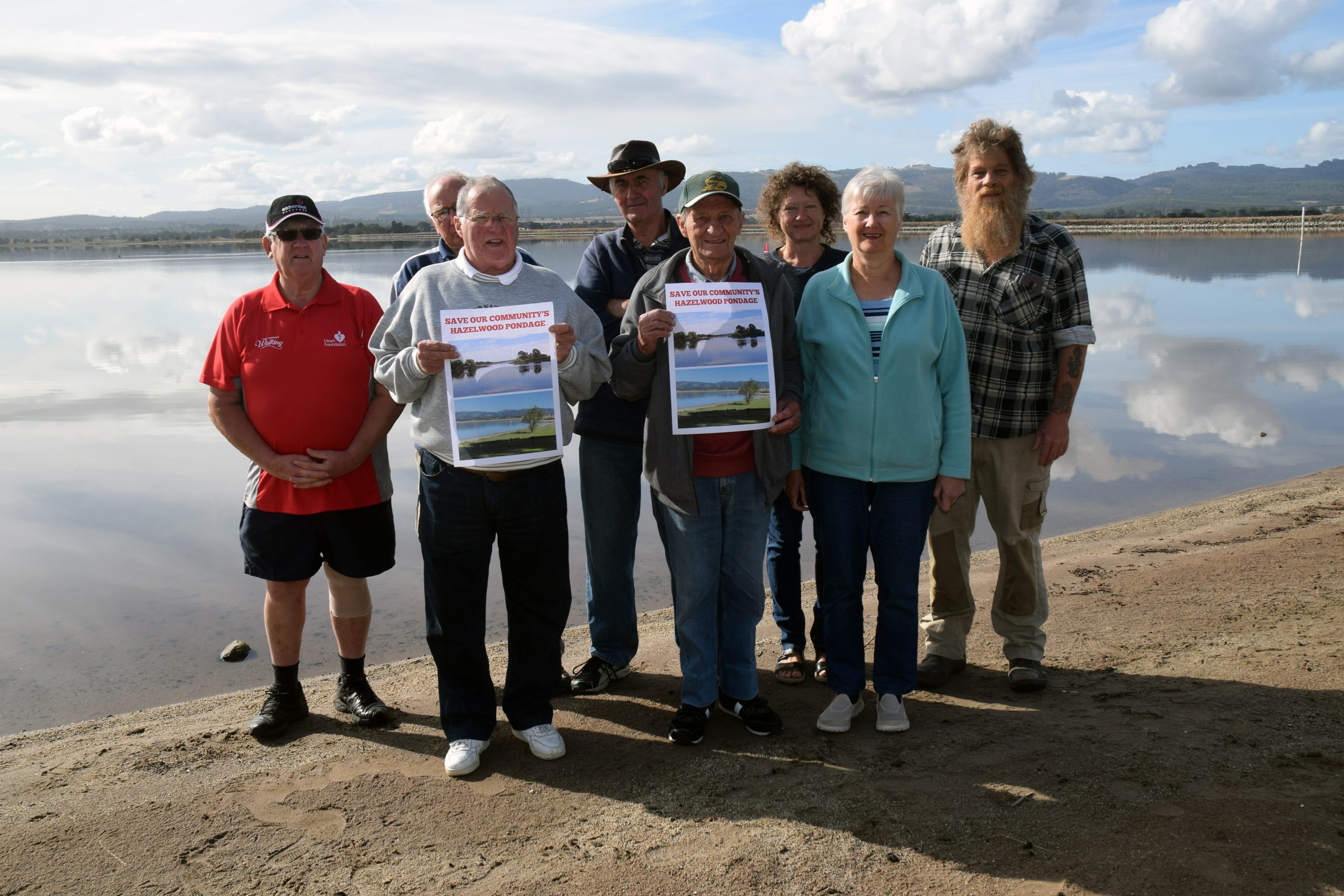TENSIONS between developers and Latrobe City Council have escalated, with the State Government urging council to expedite development on large parcels of Latrobe Valley land.
At the urgent request of council, the government rezoned 800 hectares of land across the Valley, beginning in January last year; however, that land remains undeveloped.
According to building industry insiders, at the heart of the debate is council’s rigid application of the Development Plan Overlay tool, which calls for all landowners within a precinct, whose boundaries have been identified by council, to endorse a detailed plan for the future development of that land.
As a result, many frustrated developers are contending with hefty rates bills and land taxes on top of interest on multi-million dollar loans for land they are unlikely to be allowed to develop for at least another two years.
While Latrobe City Council manager city planning Chris Wightman told The Express council made no apologies for its demand for a “high level of urban design and connectivity” on these land parcels, he conceded “certainly some landowners will think these (requirements) are too high”.
Critics have said council’s interpretation of DPOs as a blanket set of controls over an entire area of land, precluded any opportunity to assess plans for an area in “sections”, despite developers insisting this would not negatively impact on adjoining landowners.
They said where multiple landowners were involved, as they were in almost all recently-rezoned areas, council’s approach proved problematic and was delaying potential development in the foreseeable future.
The sources said a number of developers were ready to commence residential developments on this land.
Yesterday, State Planning Minister Matthew Guy told The Express he was reluctant to involve himself in the debate, instead imploring council to “resolve this within the community”.
However, he said “I am happy, if it comes to it, to speak with council, one-on-one, to communicate the State Government’s position.”
“From the government’s point of view, when we rezoned that land, particularly around the three major centres, we moved it forward with the intention of seeing residential development, or construction, or some sort of activity, on them promptly,” Mr Guy said.
“We bought this forward at their request and the next step relies on council and it is our communicated intention to see that happen.”
“Having said that, council obviously has its own rationale for its decisions and that can’t be overlooked.”
That rationale, according to Mr Wightman, is steeped in a commitment to ensure an “optimal outcome for the community in future land use”.
While he said council was aware of, and responsive to, the commercial aspects of each development, the precincts all presented their own complex set of “opportunities and constraints”, with a range of different stakeholders.
Mr Wightman confirmed council has been formally asked to consider Morwell’s Toners Lane precinct in sections, given one landowner was desperate to develop his land, which only abutted council land, immediately. He said however “in our view it was not appropriate to look at it in parts”.
Sources claimed other stakeholders keen to develop on Marshalls Road and Crosses Road precincts in Traralgon had also indicated their desire to see DPOs assessed in sections.
Mr Wightman would comment only on formal requests but asked “if there are 10 landowners (in a given precinct), for example, can we really look at them in isolation?”










